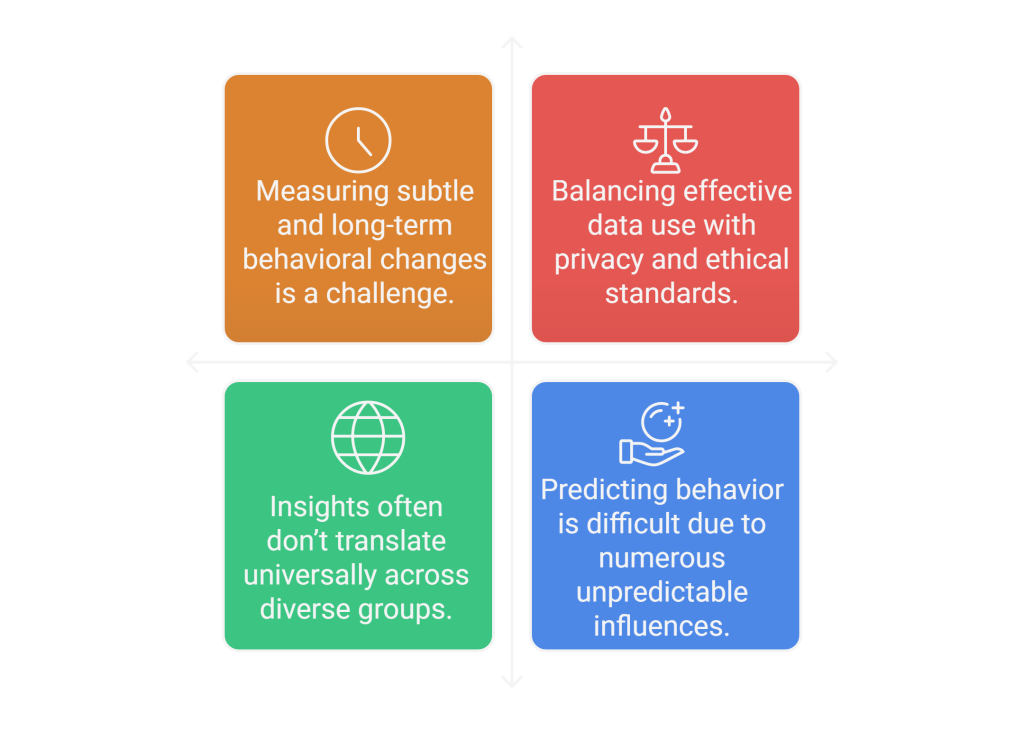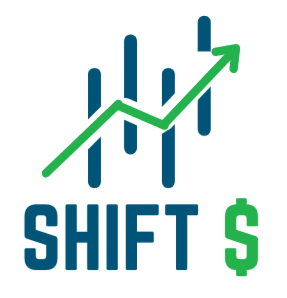- About Us
- Expertise Zone
- Success Stories
- Analytics Solution – Investment Bank
- Customer 360 – Retailer
- Data Lineage – Trading Exchange
- Data Quality – Financial Organization
- Leveraging Financial Information – Generative AI
- Data Privacy Program – Financial Organization
- Digital Transformation – Mobility Support
- Digital Transformation – Healthcare
- Work With Us
- Succeed Together
- 250 Main Street, 2nd Floor, USA
- support@example.com
- About Us
- Expertise Zone
- Success Stories
- Analytics Solution – Investment Bank
- Customer 360 – Retailer
- Data Lineage – Trading Exchange
- Data Quality – Financial Organization
- Leveraging Financial Information – Generative AI
- Data Privacy Program – Financial Organization
- Digital Transformation – Mobility Support
- Digital Transformation – Healthcare
- Work With Us
- Succeed Together
Influence Customer Behavior
Behavioral Science: A Game-Changer for Businesses
Behavioral science and economics combine psychology, neuroscience, and economic theory to uncover how people make decisions. For businesses, this knowledge is priceless—it enables the design of products, services, and marketing strategies that resonate with how customers naturally think and behave. By leveraging insights into cognitive biases, such as loss aversion or social proof, companies can boost engagement, increase conversions, and build long-term loyalty. Behavioral science isn’t just about influencing purchases; it’s about creating meaningful experiences that align with customer needs, driving both growth and profitability. In a competitive market, this understanding is the ultimate strategic advantage.
Choice Architecture: Who is the Architect of Decisions?
Choice architecture refers to the way options are structured and presented to influence decision making, subtly guiding customers toward preferred outcomes. The “architect” is the person or team responsible for crafting these decision environments, whether it’s marketers, product designers, or policymakers. By strategically structuring choices—like simplifying a checkout process or showcasing the most popular options—architects can improve user experiences while enhancing conversion rates. The role of the architect is to balance persuasive tactics with user autonomy, creating outcomes that benefit both businesses and customers. The goal is to guide decisions without restricting freedom, ensuring a positive experience for everyone involved.
Context is King: Shaping Decisions Through the Power of Environment
Context influences every decision we make. In choice architecture, how options are framed—through their order, language, or visual design—can significantly affect outcomes. For example, placing premium products at the top or highlighting scarcity (“Only 2 left”) can make them seem more desirable. Understanding context allows businesses to design choice environments that nudge customers toward beneficial actions. This context goes beyond just the physical or visual environment; cultural and situational factors must also be considered. A well-crafted context not only improves decision-making but also builds trust, enhancing satisfaction and customer loyalty. The right context can transform an ordinary decision into an extraordinary one.
Nudges: The Subtle Art of Guiding Without Restricting
A nudge is a subtle intervention designed to influence behavior without limiting choices. In choice architecture, nudges can take many forms, such as highlighting a product recommendation or using social proof like “Most Popular.” These small changes in presentation can lead to big shifts in customer behavior, encouraging them to make better, more informed decisions. For businesses, nudges are a powerful tool to boost engagement, increase conversions, and improve customer satisfaction. Simple tweaks, like setting defaults in subscription forms or sending personalized email reminders, can significantly improve retention rates. When used ethically, nudges create a seamless, empowering experience for customers, making them feel in control while guiding them toward favorable outcomes.
AI and Big Data: Revolutionizing Behavioral Science in Real-Time
AI and big data are transforming the application of behavioral science, enabling businesses to deliver hyper-personalized insights and interventions at scale. By analyzing vast datasets, AI can predict customer behavior with remarkable accuracy, tailoring nudges in real-time. For example, AI can determine the ideal moment to offer a discount or recommend a product based on a user’s browsing history and preferences. This fusion of technology and behavioral science allows for smarter, more effective strategies that drive business outcomes. Machine learning algorithms can uncover hidden patterns in customer behavior, enabling companies to anticipate needs and stay ahead of market trends. The result is a more customer-centric approach that adapts dynamically to meet user expectations.
Autonomous Choice Architecture & Hypernudges: The Next Frontier
Autonomous choice architecture uses AI to dynamically adjust the decision-making environment based on real-time data, while hypernudges deliver highly personalized interventions tailored to each individual’s behavior. Unlike traditional, static nudges, hypernudges evolve alongside the user’s interactions, offering unmatched precision. For example, an e-commerce site might adjust product recommendations or pricing in real-time, based on a customer’s browsing patterns. This level of personalization enhances user experience and drives conversions. While these tools offer tremendous potential, they also require careful ethical considerations. It’s essential to ensure that these technologies empower customers rather than manipulate them, balancing innovation with responsibility.
How Amazon, eBay, and Others Use Hypernudges to Maximize Revenue
Online giants like Amazon and eBay expertly use hypernudges to enhance every aspect of the customer journey. From personalized product recommendations to dynamic pricing and urgency cues like countdown timers, these platforms leverage AI and big data to create a highly engaging shopping experience. Features like Amazon’s “Frequently Bought Together” or eBay’s “Watch Count” generate urgency and relevance, nudging users toward purchasing decisions. By continuously refining algorithms and adjusting in real-time, these platforms maximize revenue and improve customer satisfaction. The result is a win-win: customers discover what they need effortlessly, while businesses boost sales and foster loyalty through personalized, frictionless interactions.
Ethical Considerations in Behavioral Science
Behavioral science offers powerful tools for influencing decisions, but it also raises significant ethical concerns. Businesses must balance persuasive techniques with respect for customer autonomy, ensuring they don’t cross the line into manipulation. Transparency is key—clearly communicating how data is used, and allowing users to opt into personalized nudges, fosters trust and respect. Ethical application of behavioral science not only safeguards a company’s reputation but also promotes long term customer loyalty and satisfaction. The best business outcomes are those that create value for both the company and its customers, ensuring that influence is wielded responsibly and with integrity.
An insightful article on nudge and sludge can be found here: https://pmc.ncbi.nlm.nih.gov/articles/PMC10685127/
Top Four Challenges in Achieving Success with Choice Architecture:

Our Unique Approach
Overcoming resistance to altering deeply ingrained habits and decisions. With our deep expertise in both AI and behavioral science, we offer a unique approach to implementing autonomous choice architecture and hypernudges that drives meaningful results. We understand how human decision making is influenced by subtle behavioral cues, and we leverage AI to analyze vast amounts of data in real-time, enabling highly personalized experiences. By integrating advanced machine learning algorithms with proven behavioral insights, we create dynamic, adaptive environments that guide users toward better decisions while maintaining their autonomy. Our solutions not only optimize engagement and conversions but also ensure that your business maximizes ROI by delivering tailored, impactful experiences that evolve with your customers’ needs. With us, you’ll navigate the complexities of AI-driven choice architecture, achieving both immediate and long-term success.
